Category: Science
Spooky Science Begins!
Happy October! We marked the beginning of our month-long investigation into all things SPOOKY and SCIENTIFIC!
Right now, we are investigating aspects of microbiology and the invisible world that surrounds us every day.
Click the link below to see what we’ve learned so far!
Lifespans and Lifetimes:
What do you think are the longest living species on Earth? You might be surprised to learn that humans have much shorter lifespans than many other animals! We began discussing the shortest, and longest, average lifespans for different organisms. We also brainstormed what factors, such as access to food and a safe environment, could influence or change the lifespan of people and animals.
Feel free to click the link below to learn about some of the longest living creatures (that we know about):
We looked at a local example of long-living species… the white sturgeon! These massive fish often swim the Fraser River, and can live to be over 100 years old! However, their species has often been threatened by humans (environmental, overfishing, etc.). Now, many people are working together to try and protect these sturgeon, so that they might live into the next century and beyond!
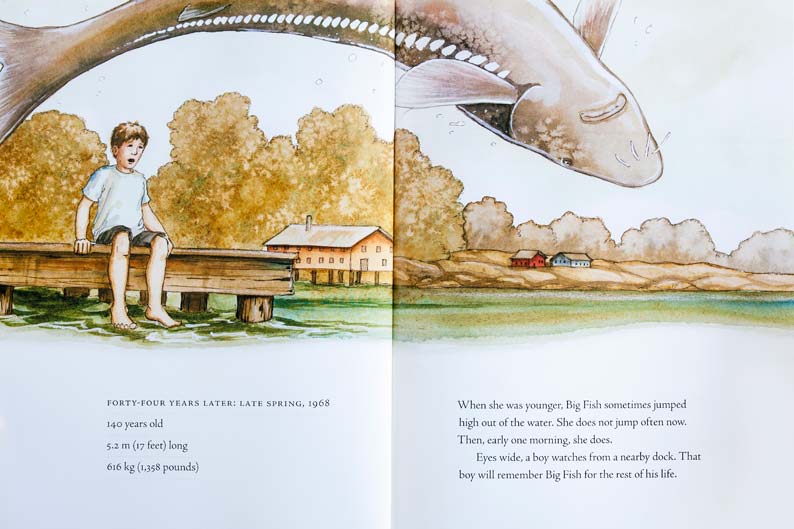
Chocolate Tasting: Analyzing and Observing
Would you be able to tell how much a bar of chocolate costs just by tasting it? Our class put our skills to the challenge yesterday but investigating the appearance, smell, texture, and taste of 6 different chocolates (of varying price points).




Many of us were able to try and make educated guesses about how much each chocolate cost. We learned that usually, chocolate with a smoother texture and more defined cocoa flavour could be more expensive due to ingredients and labour. We also learned that most fair-trade and rainforest-certified chocolate is more expensive.
History Mystery: Death in the Ice… Exploring the Franklin Expedition
Have you ever heard of the mysterious disappearance of the Franklin Expedition? This History Mystery involves two ships, sailing from Britain to the Artic of Canada on a search for the Northwest Passage. Despite being well-equipped with food, water, and technology, the ships (and crew) disappeared, and even over 150 years later people still cannot agree on what happened to them!
Check out the trailer, above, for an introduction to this History Mystery, and click the link below for our evidence (so far):
Performing a (Mock) Dissection:
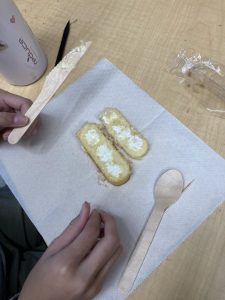
Have you ever performed a dissection? We learned that dissections were (and are) a tool that scientists use to learn more about the biology and anatomy of plants, animals, and even people. We performed a ‘mock’ dissection using Twinkies! Our students needed to practice their precision, observation, and patience when taking samples, making incisions, and removing ‘organs’ (filling) from their ‘test subjects’.
Marketable Skills: Baking Bootcamp!
What skills does it take to make the perfect chocolate chip cookies? How is baking similar to science? Why is it important to read recipes thoroughly? We began learning about key baking skills this week! Our Grade 7s went through ‘Baking Bootcamp’, where we learned about: when and how to wash our hands, how to keep our materials and workspace sanitary, why accuracy is important, how to use a funnel, how to stir effectively, and how to measure dry and wet ingredients.
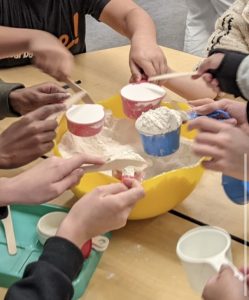
While baking may seem like a stress-free activity, it requires many different skills such as: reading comprehension, math (measurement, conversion), cooperation and communication, etc. It also requires a lot of scientific knowledge to make a successful baked good! Feel free to watch the video below to learn how some common mistakes can impact the success of a cookie recipe, and stay tuned for more updates!
Non-Newtonian Fluid: Examining Solids and Liquids
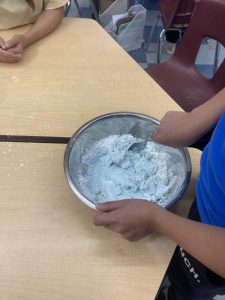
As part of our ‘Spooky Science’, our class investigated a mysterious substance. Not quite liquid, not quite solid, but a little of both… this is a non-Newtonian fluid! You can make this substance at home by mixing a 2:1 ratio of cornstarch to water. Once mixed well, this substance can behave like a solid and like a liquid!
We tested this substance in a variety of ways, including: slapping/poking the surface, sinking a spoon into it, rolling it into a ball, and trying to pour it into another container. We learned that when we kept the substance still (ex: holding it in our hands without moving), it often would pour or drip like a liquid. But if the substance was being moved (ex: rolling it between our hands), it would take on a more solid appearance.
Check out the video below to see how this substance behaves when placed on top of a speaker cone:
Some questions to discuss at home:
- Could we use ingredients other than cornstarch and water to create other non-Newtonian substances? Why or why not?
- What if the ratio (2:1 cornstarch to water) was different?
- Are there other substances that are not really a solid or a liquid, but a bit of both?
- What variables or human error might have impacted our tests?
Keeping Ourselves Healthy: Dental Hygiene + Our Teeth
This week, we will continue exploring our unit on body Science! We discussed how important it is to keep our teeth clean and cavity-free. Brushing our teeth at least twice a day, flossing daily, and limiting our exposure to sugar, carbohydrates, and acidic foods and drinks are all great ways to improve our oral health!
As part of our Science experiment, we will be testing what substances might weaken our teeth. To test this, we will put eggs into these different solutions: lemonade, coffee, Diet Coke, Coke, cotton candy + water, vinegar, and Alka-Seltzer + water. We also will be using water as our control. The calcium in eggshells is similar to the minerals in our teeth, so if the eggshell dissolves or is damaged it might mean that substance could possibly degrade our tooth health!
Watch the video below to learn more about dental hygiene:
Here are some helpful tips for keeping our teeth healthy!

Fabulous Fungi: The Most EXPENSIVE Fungi!
Have you ever eaten a truffle? Black and white truffles are some of the most expensive and rare types of edible fungi! They are sometimes foraged in the wild, or they may be cultivated (grown) in special truffle orchards.
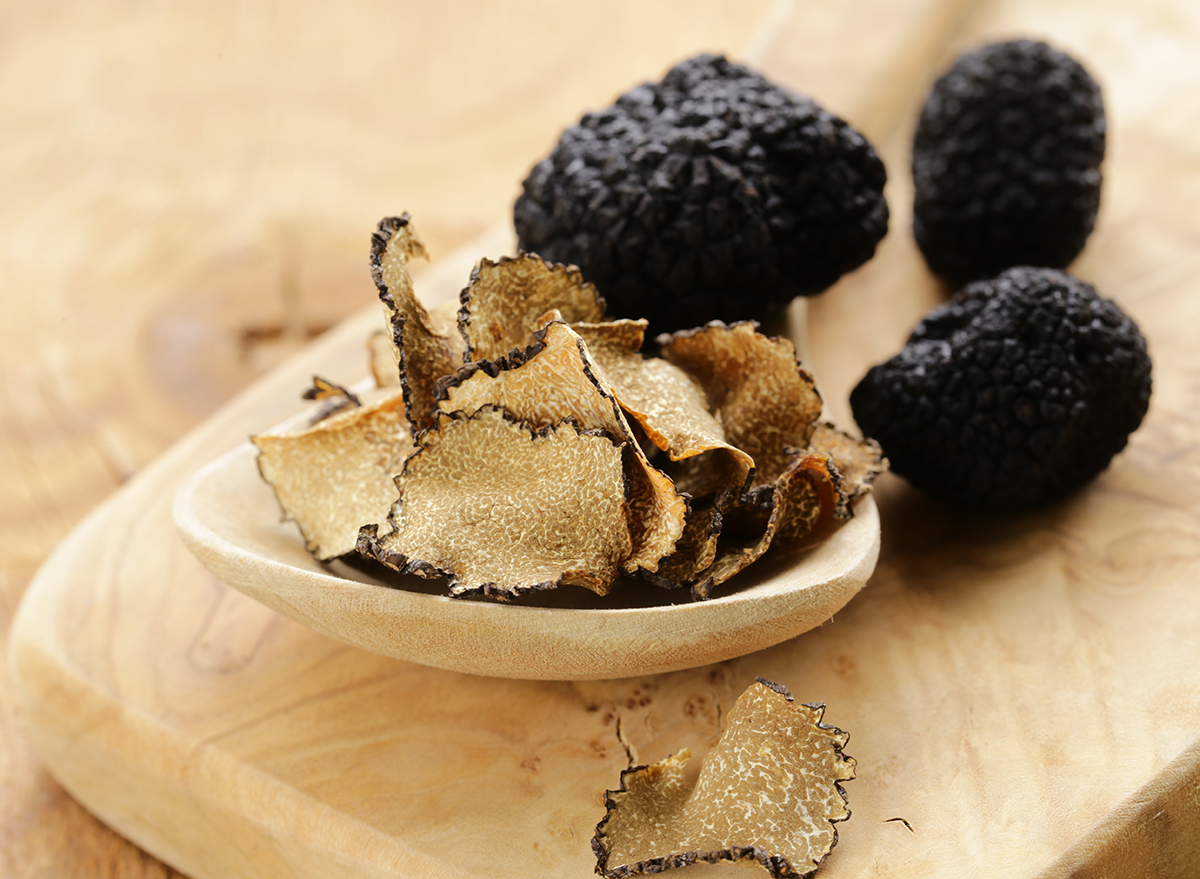
Truffles have a reciprocal relationship with the trees in the forests. They grow under the ground, near the roots, and have are symbiotic (the trees and the truffles help each other survive). We learned more about amazing, weird, and wonderful fungi during our mushroom dissection this week!
